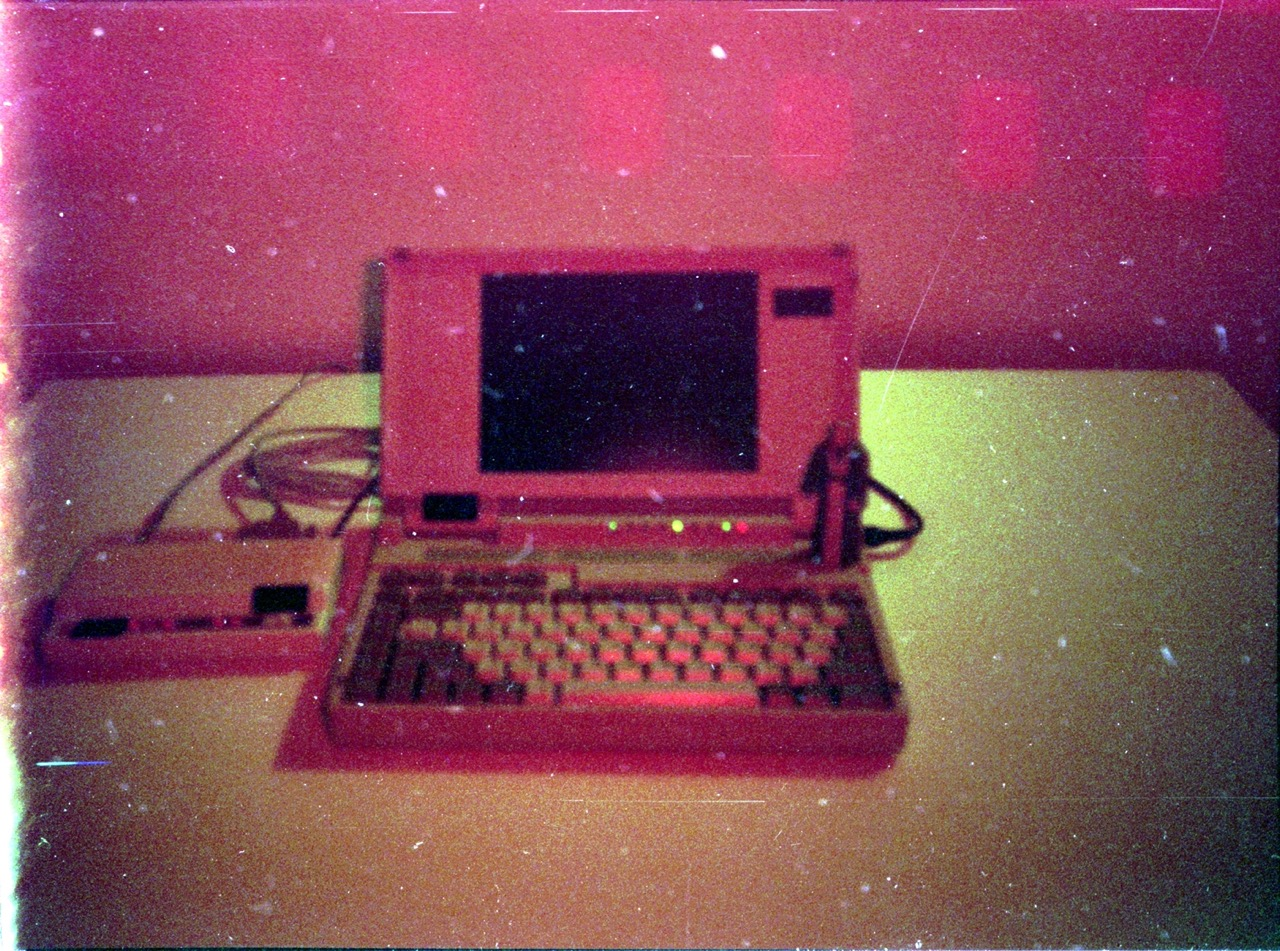

If you’re thinking amplifier, just grab your favourite Japanese '70s hi-fi range and go from there. Can hardly go wrong.
A half-scale Harman/Kardon 330c but with an OLED info display in the panel that held a tuning scale might kill it.
The key is to use the right materials. They sold a modern CD-based stereo a few years ago that apes the look of a small Marantz 22xx, but being plastic garbage, sort of fails the mission. Conversely, Yamaha did some new silver-face amps that don’t look like dollar-store tat.






Is it pronounced like the blood thinner/rat poison (warfarin)?